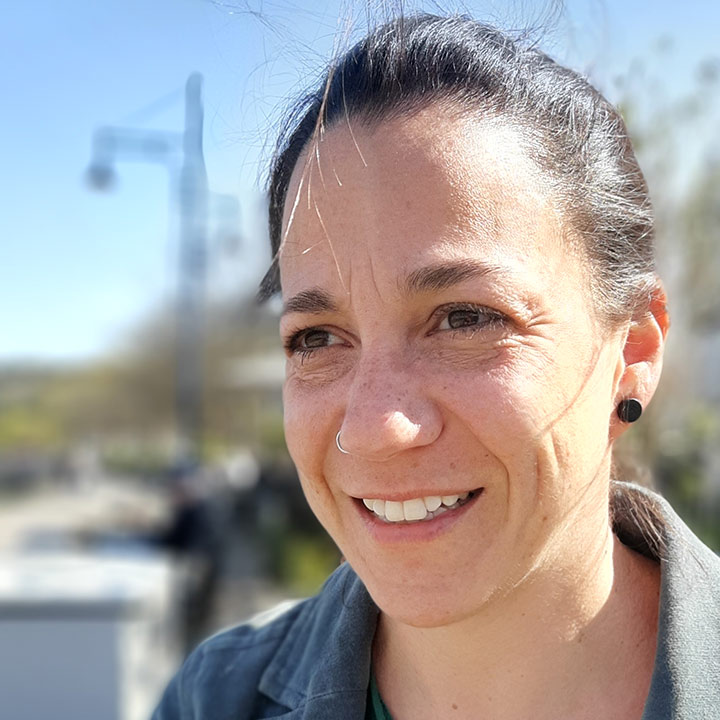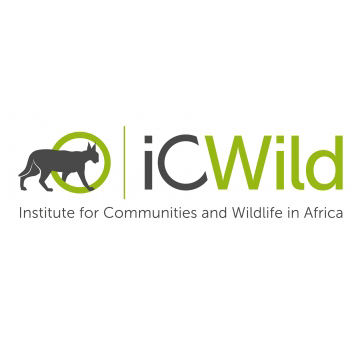The Challenge
With the human population growing constantly and expanding into natural habitats, we are seeing more and more interactions between people and wildlife. In South Africa, encounters between humans and a highly adaptable monkey – the chacma baboon (Papio ursinus) – are widespread.
These interactions often lead to various problems:
- In farmlands, baboons frequently forage on crops, resulting in economic losses and reduced yields for farmers.
- In forestry plantations, baboons strip the bark off trees, harming the forestry industry.
- In urban areas, baboons often forage on human food sources, causing damage and financial hardships for landowners.
It is challenging for decision-makers to devise management strategies that reduce the negative interactions between humans and baboons in these different contexts because they lack detailed knowledge of where, when, and why these interactions occur. In order to provide the answers researchers from Swansea University, led by Dr Andrew King and Dr Ines Fürtbauer, are studying baboon physiology and behaviour across various regions in South Africa.
The Method
Dr King, Dr Fürtbauer and their team use a number of important tools to conduct their research including non-invasive measurement of baboon physiology and health (from faeces and urine) and the use of custom-designed tracking collars that contain GPS and accelerometer sensors. Combined, these tools provide unique insights into the whereabouts and activities of baboons, as well as their physiological status.
To help facilitate engagement with key stakeholders, shape policies, and influence best practices in the field the team from Swansea University are partnered with the Unviersity of Cape Town and their Institute for Communities and Wildlife in Africa (iCWild) in South Africa.
The Impact
Dr King and Dr Fürtbauer's research showcases the incredible adaptability of baboons and their capacity to adjust to human-altered environments, shedding light on the specific qualities that are crucial for wildlife to thrive in the Anthropocene era, whereby human activities significantly impact the natural world.
By gaining insights into the drivers of interactions between baboons and humans, communities can take steps to minimise adverse outcomes and foster coexistence. For instance, as a direct outcome of the research and feedback in Cape Town, revisions were made to the protocols governing baboon management. In one area, this has resulted in a decrease in complaints and reports of negative encounters with baboons, with these animals now typically found twice as far from urban areas compared to when the team from Swansea University first began their work.









